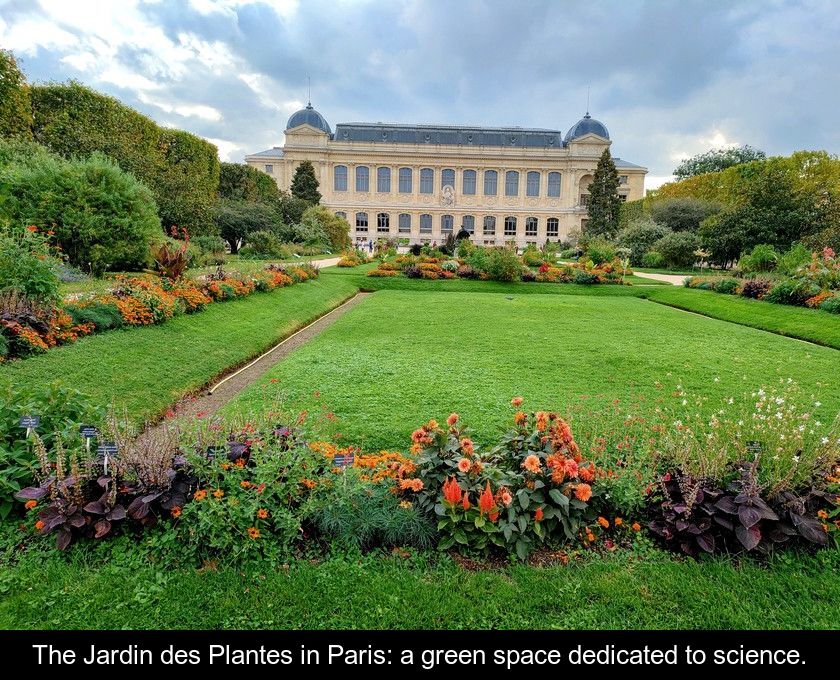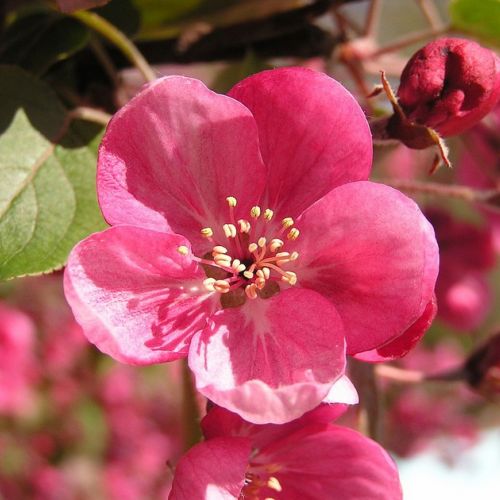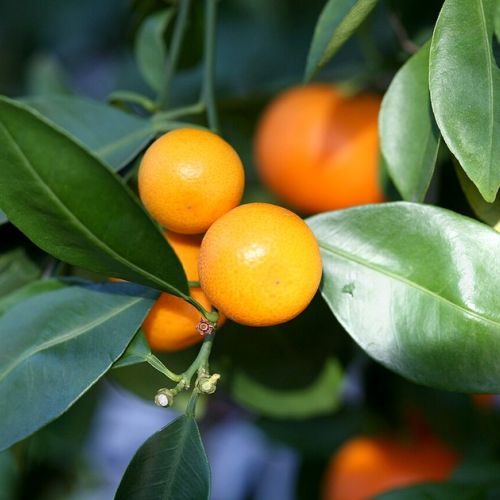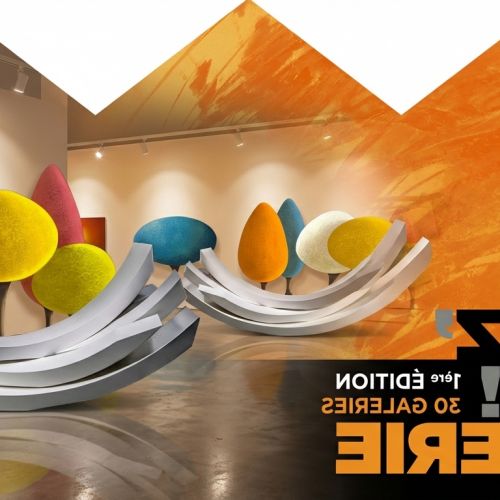The Jardin Des Plantes In Paris: A Green Space Dedicated To Science.
Historical heart of the National Museum of Natural History, the Jardin des Plantes is one of the oldest scientific institutions in France. The botanical garden, as it can be visited today, opened to the public in 1640. It is still today a unique place in France, rich in exceptional natural, cultural, and scientific heritage.
History of the Jardin des Plantes
The Jardin des plantes was created by King Louis XIII in 1626 and opened to the public in 1640.
In the 18th century, it was under the direction of the greatest scholars, including Georges Leclerc, known as Leclerc de Buffon, between 1739 and 1788. In 1793, it became the Muséum national d'histoire naturelle, thanks to the impetus of the conventionnel Joseph Lakanal.
As the first botanical garden in the capital, it is now classified as a historical monument and remarkable garden for its natural and architectural heritage.
An exceptional heritage
Much more than just a green space, the Jardin des Plantes in Paris bears witness to the work of scientists and gardeners who have shaped it.
Not only can you admire centuries-old trees planted by renowned naturalists, but also exceptional buildings, such as the belvedere kiosk, which is the oldest metal construction in Paris.
This kiosk was built in 1786 according to a design by architect Edmé Verniquet and likely used cast iron supplied by the forges of Buffon in Montbard (21).
The other remarkable buildings in the garden include:
- The amphitheater built by Verniquet in 1787.
- The Rotonde de la Ménagerie, intended to house wild animals, built from 1804 to 1812 by architect Jacques Molinos, also the author of the bear pit.
- The Gallery of Mineralogy and Geology, built from 1833 to 1841 by architect Charles Rohault de Fleury, who also designed two square-plan hot houses, prototypes of modern greenhouses, at the same time.
- The Gallery of Zoology, built by architect Jules André from 1877 to 1889, reopened in 1993 after being restored by architects Paul Chemetov and Borja Huidobro.
- The Reptile Gallery of the Ménagerie, built by Jules André in 1874.
- The Gallery of Paleontology and Comparative Anatomy, built by architect Ferdinand Dutert from 1892 to 1898.
New greenhouses and a winter garden were built from 1935 to 1937 by architect René Berger, who also designed the new animal enclosure for the Ménagerie in 1937. The monumental entrance to these new greenhouses features luminescent glass paste pillars and low grilles, designed by ironworker Raymond Subes.
It should be noted that this scientific garden created four centuries ago houses multiple services and activities for the public:
- Menagerie (zoo)
- Greenhouses
- Alpine garden
- Rose garden
- Public toilets
- Children's playground
- Refreshment stands
- Botanical school garden
- Great Gallery of Evolution
- Gallery of Comparative Anatomy and Paleontology
- Gallery of Mineralogy
- Entomology Gallery
- Bookstore (Open from 8:00 am to 5:30 pm in winter and from 8:00 am to 8:00 pm in summer)
Practical information
Here is the useful information to prepare your visit to the Jardin des Plantes in Paris. However, please note that one visit is not enough to discover all the secrets of this place!
Address
Place Valhubert.
75005 Paris.
Access
The garden has several entrances located at Place Valhubert, Rue Buffon, Rue Cuvier, Rue Geoffroy-Saint-Hilaire in the 5th arrondissement of Paris.
You can get there by metro, stopping at Gare d'Austerlitz, Jussieu, or Place Monge stations.
Opening Hours
Open every day from 8am to 6:30pm.
Prices
Access to the garden is free, but visiting the exhibition halls, greenhouses, and zoo requires payment.
To know the different prices, we invite you to consult the official website below.





